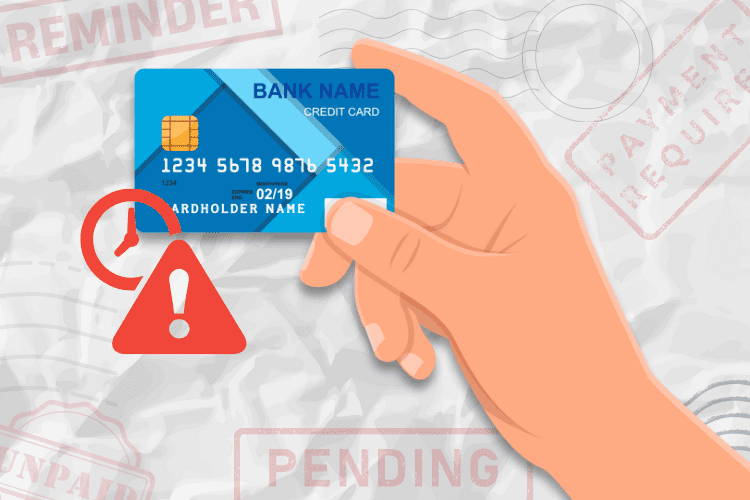How To Keep Subscription-Based Living in Check

It used to be that managing subscriptions was easy. Services were pretty much limited to Netflix and DVD subscriptions from RedBox. More companies started giving us access to their products through beauty subscription boxes, and before we knew it, subscription packages became how most businesses operated.
Then came the pandemic, and as digital nomads, we found it easier just to have everything come to us rather than go out for it. From Dollar Shave Clubs to streaming stations, subscription-based living is the new wave of living — gaining access to the various products and services we want.
That is great for businesses, but the subscription economy can be extremely expensive for consumers. If you’ve become accustomed to subscription-based living, you know it’s easy to be in over your head. This post will provide some tips to help you manage your subscription living.
What Is Subscription-Based Living?
So much for ensuring you’ve got enough money to pay your monthly basic cost-of-living expenses. Utility bills aren’t the only thing consumers need to be concerned about. You’ve also got to be sure you can manage every subscription you signed up for. While some subscription services may seem petty at first glance, like a $9.99 monthly Spotify subscription. If you sign up for various streaming services and other subscription services, these little costs tend to add to massive monthly bills.
Here are some examples:
- Movie/Television streaming services
- Gaming subscriptions
- Meal packages
- Pet supplies
- Digital media
- Web hosting/software plans
- Gym memberships
Not only can these services become expensive, but it can be hard to remember everything you’ve committed to monthly. Some services may have been trial subscriptions that turned into recurring because you forgot to cancel them. Some services may not have ever been for you. They may have been for a former significant other or a child that is now on their own. Yet, somehow, you’re still stuck with the payment. It’s a total waste of your hard-earned money to be paying for services you don’t even use. If you’re having a hard time keeping your subscriptions in check, here are some great tips.
Manually Audit Your Subscriptions
Take the time to audit your subscriptions manually. Here’s how you do it:
1. Make a list of all your subscriptions. That’s not as easy to do as you may think. You may remember some off-hand, but the best way to do this is to review your monthly bank and credit statements to see what you’re paying each month. When you do this, don’t be surprised to see payments for services you may no longer use or never had.
2. Review your subscriptions for necessity. Now that you’ve got a list of all your subscription services, first, make sure you’re not paying twice for the same service. Then, honestly check how much you use the service or if you even need the service. This can be hard to determine, so ask yourself the hard questions, like:
- Does the service add value to your life? If so, how?
- How often are you using the service? Weekly, monthly, bi-monthly, never? Some services you only subscribed to use once or twice, but after that, you may have forgotten to cancel.
- Does this subscription service serve a purpose that could be better utilized through a similar service that you’re already paying for? If so, would there still be a reason to keep it, or which service is more cost-effective?
3. Check for savings on subscriptions you decide to keep. To do this, call the service provider to ask directly or go online to see if there are any deals to save money. Make sure to set calendar reminders to cancel free trials.
4. Cancel subscriptions you no longer need. Make sure to get a confirmation number for any subscriptions you cancel. Then, check the next month’s statement to ensure the fees haven’t been taken out of your account. Call the provider, give them your cancellation number, and demand a reimbursement if they haven’t.
5. Reallocate savings. As you cancel services or get reimbursed on money owed, make sure you reallocate those funds toward monthly bills or credit card debt to help pay down debt or put toward your savings.
6. Repeat and start over. This audit is something that should be done on a monthly basis as you manage your monthly budget. However, if monthly isn’t possible, it should be done at a minimum every three to four months. Repeat steps 1 through 5 on a regular basis.
Use Rocket Money – A Better Way To Track Your Subscriptions
Just in case you’re not a person who’s used to doing things manually, here’s another great tip. Rocket Money is rated best overall for tracking subscriptions. With Rocket Money, you can easily identify your subscriptions so you can stop paying your hard-earned money for services you no longer use or need. In addition, the app will help you cancel unwanted subscriptions. Consider it your subscription control center, where everything you’re currently subscribed to is automatically compiled. You can see what’s due, which helps you make your payments on time.
A manual audit is great if you don’t have Rocket Money, but since it’s free to download, it doesn’t cost anything to keep up with your paid subscriptions. If you go with the Premium plan, they have a “pay what you think is fair” business model, which starts from just $3 and goes up to $12 per month.
With Rocket Money, you can:
- Manage subscriptions
- Gain spending insights
- Negotiate your bills
- Know your net worth
- Build your savings
- Get your free credit score
- Track your spending
- Set financial goals
The Bottom Line
It’s so easy to start a subscription service, but managing multiple subscription services can be difficult and take a lot of time. Sign up for Rocket Money to track your spending with little effort, lower your bills, track your net worth, and easily manage your subscriptions or go the manual route!
Read More:










